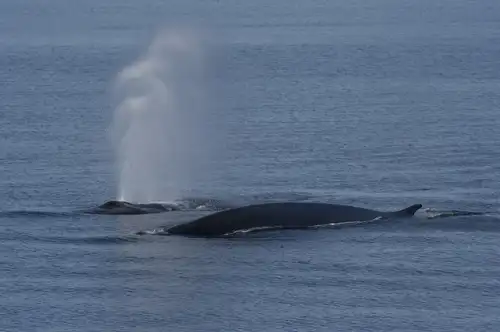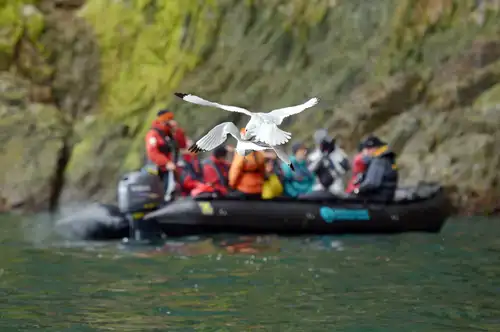Name: Little Auk, Dovekie, Sea Dove (Alle alle)
Length: 20 centimetres.
Weight: 140 to 190 grams.
Location: Islands of the high Arctic.
Conservation status: Least Concern.
Diet: Crustaceans, small invertebrates, fish.
Appearance: Black with white belly, small white arc above the eyes.
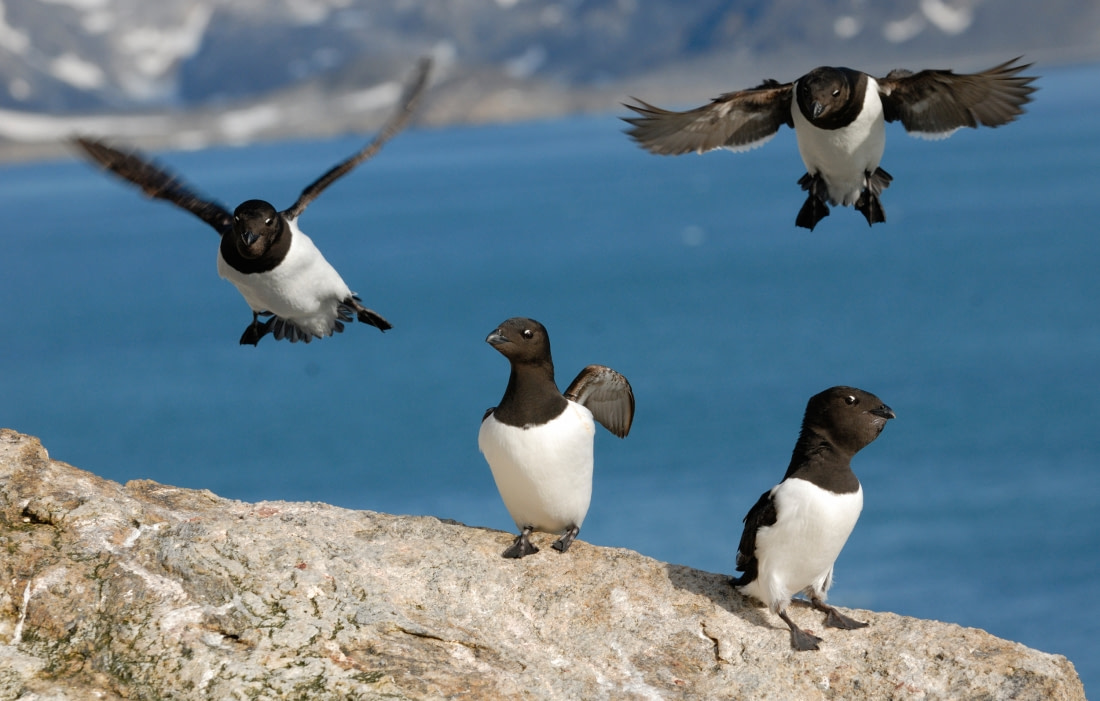
How do Little Auks feed?
Little Auks are skilled divers, using their wings to propel themselves. They can dive up to 30 metres, catching prey by zig-zagging back up.
Are Little Auks social?
Little Auks forage in large flocks and form colonies during breeding.
How fast do Little Auks fly?
Little Auks can reach speeds of up to 70 km per hour but are not adept at coasting or turning.
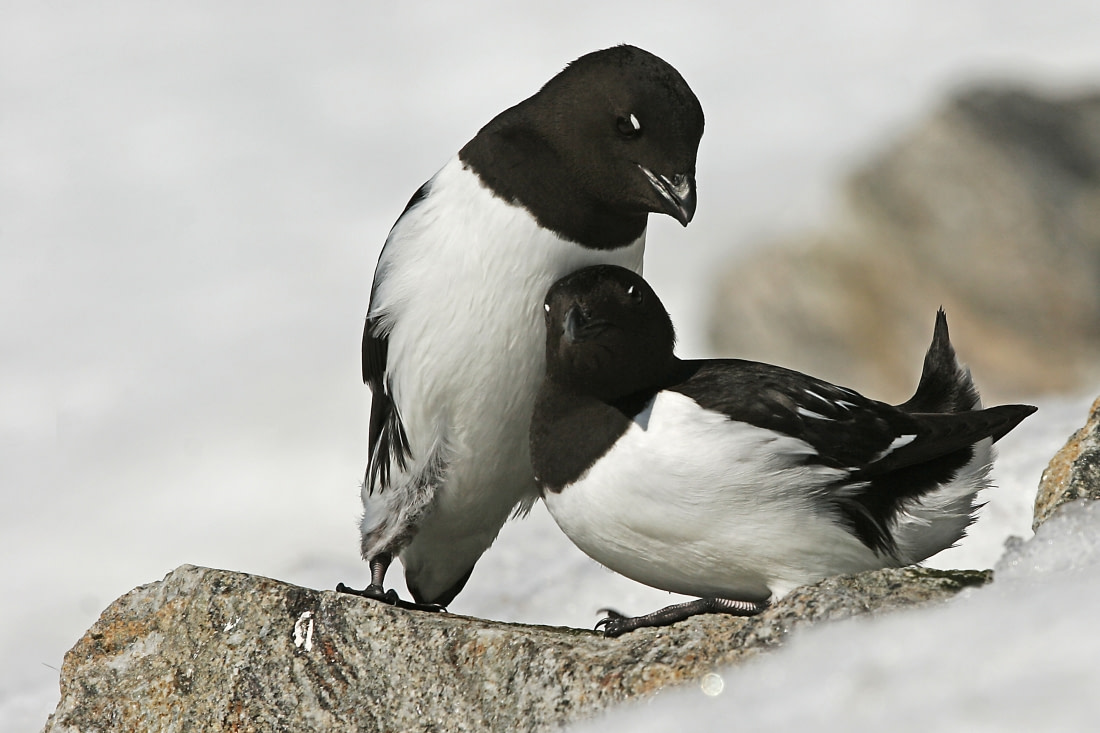
What are Little Auk birthing rituals like?
Breeding season varies by location, generally starting around April. They reach sexual maturity at 3 years and mate until about 8 years. They nest in colonies on cliff sides, using pebbles to build nests. The female lays one egg, incubated by both parents for a month. After hatching, the chick is fed for another month before it fledges.
How long do Little Auks live?
Little Auks can live up to 25 years in the wild.
How many Little Auks are there today?
There are an estimated 30 million Little Auks worldwide.
Do Little Auks have any natural predators?
Arctic Foxes and Glaucous Gulls prey on Little Auks, while Polar Bears may eat their eggs.
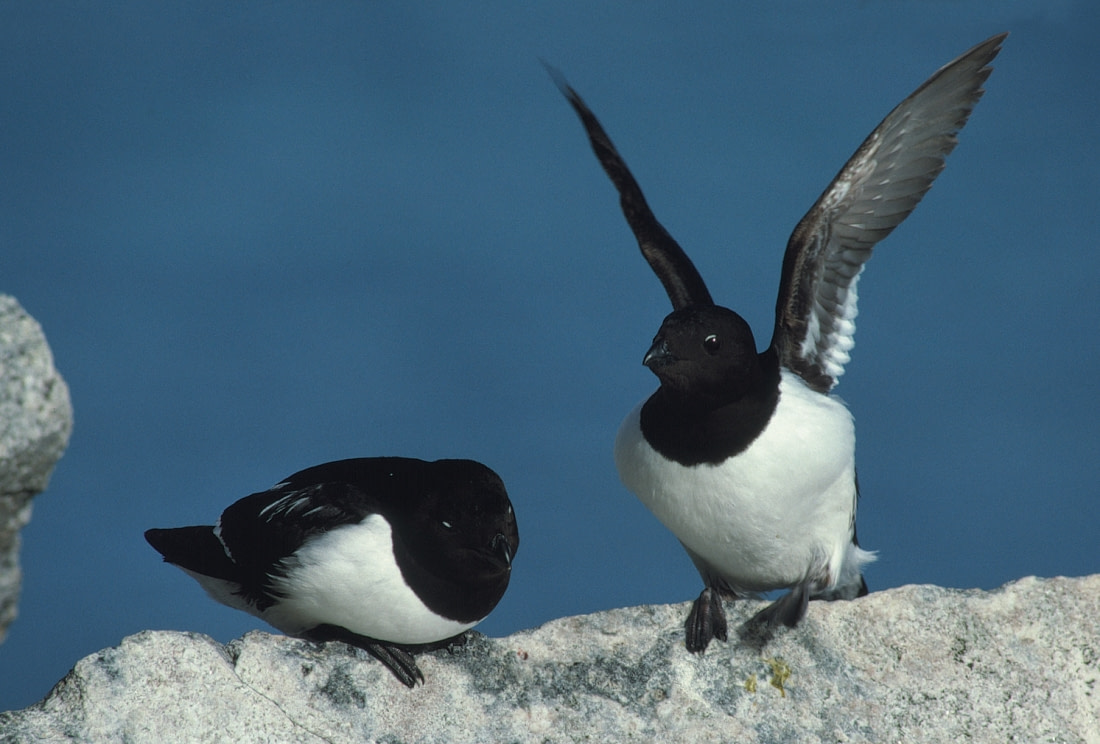
7 Lovely Little Auk Facts
1. Little Auks impact their breeding areas by transporting marine nutrients onto land as guano.
2. Little Auk chicks grow faster than any other Auk species.
3. They are the most populous bird in Svalbard.
4. Their breeding colonies are the largest among Auk species, sometimes numbering in the millions.
5. They have a specialized throat pouch to carry food to nestlings.
6. Although they resemble penguins, all existing Auk species can fly.
7. There are 2 subspecies: Alle alle polaris breeds on Franz Josef Land, while Alle alle alle breeds on Iceland, Greenland, Spitsbergen, and Novaya Zemlya.




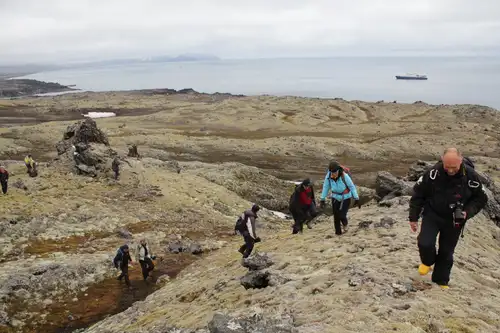

Related Trips


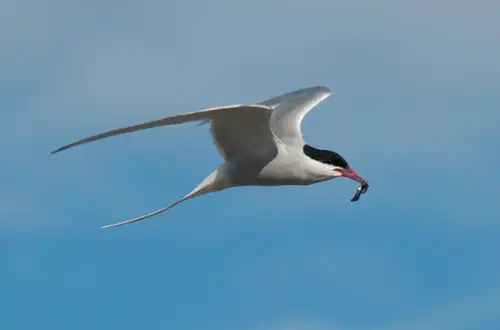
Birding Opportunities Abound in Spitsbergen
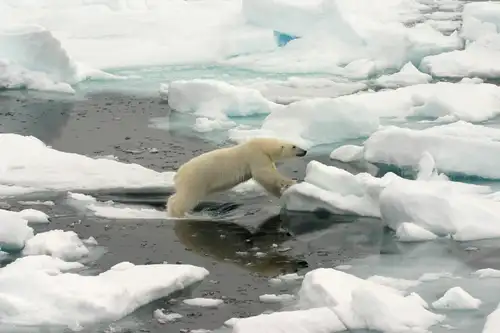
Spitsbergen: a true polar bear trip
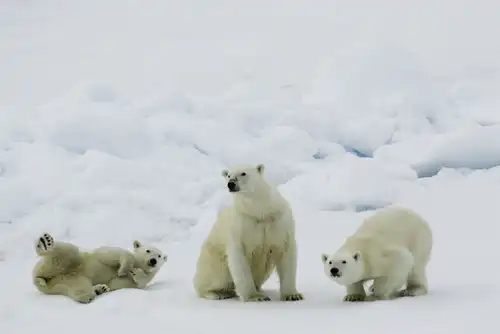
Polar bear encounter in Spitsbergen

Seizing the Season: Spitsbergen’s Late Spring, Early Summer
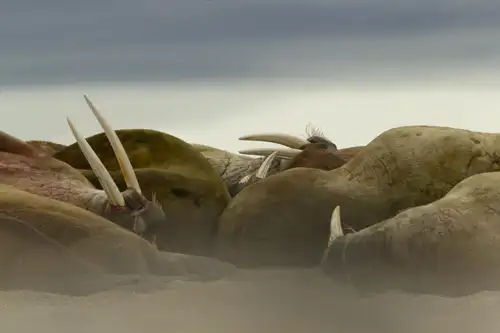
15 Toothy Facts About the Atlantic Walrus
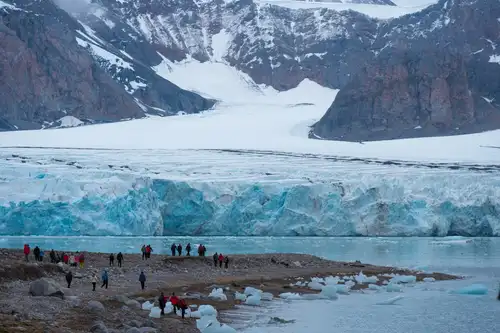
16 Conversation-Starting Svalbard Facts
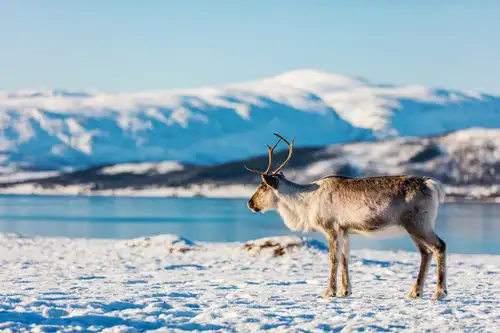
Eight Engaging Reindeer Facts

Solargraphy & Pin Hole photography in the Arctic
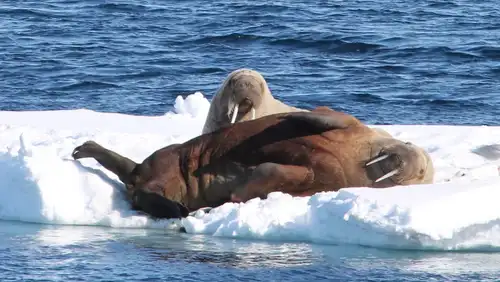
Svalbard’s 12 Most Iconic Animals

“The polar bear will still be there”
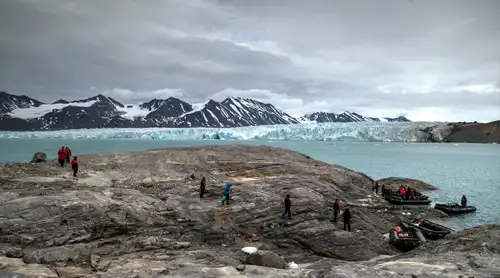
The Enchanting Islands of Svalbard

Svalbard’s Texas Bar
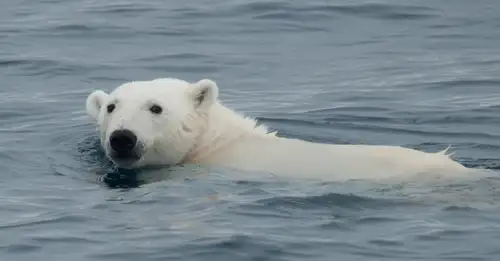
Polar Bear Sets Impressive New Diving Record

What’s so Special about East Spitsbergen?
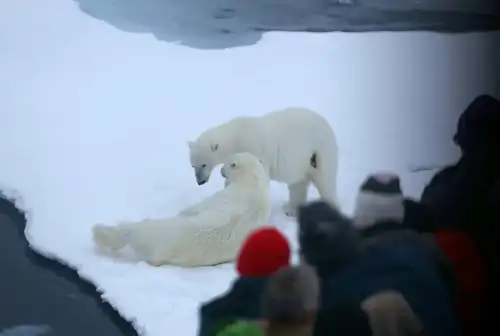
The Pack Ice and Polar Bears of North Spitsbergen
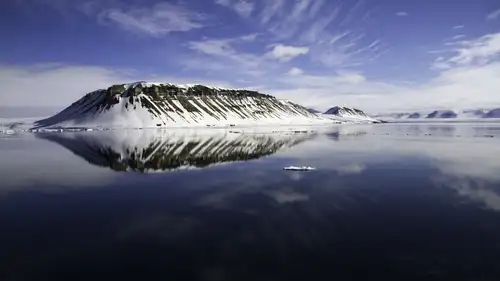
The Ice-Jewelled Geology of Spitsbergen
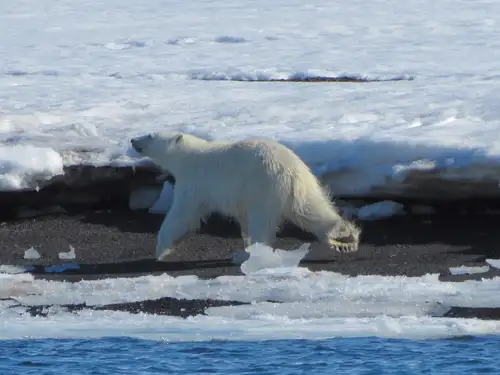
Polar bear feast
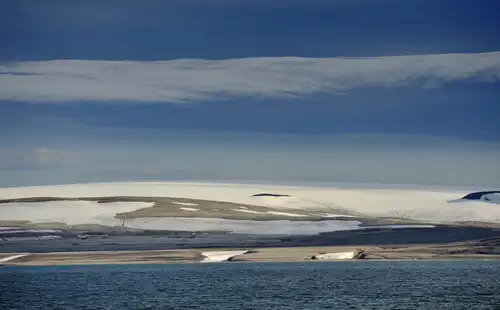
Six Must-See Svalbard Sites
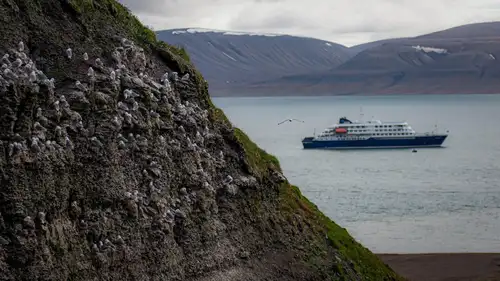
Circumnavigating Spitsbergen
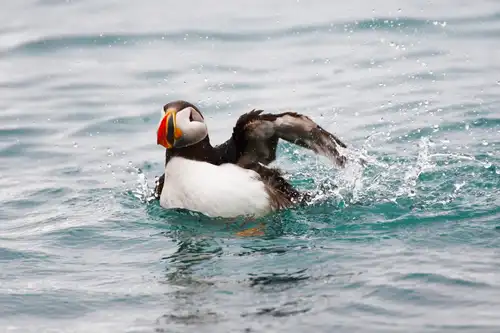



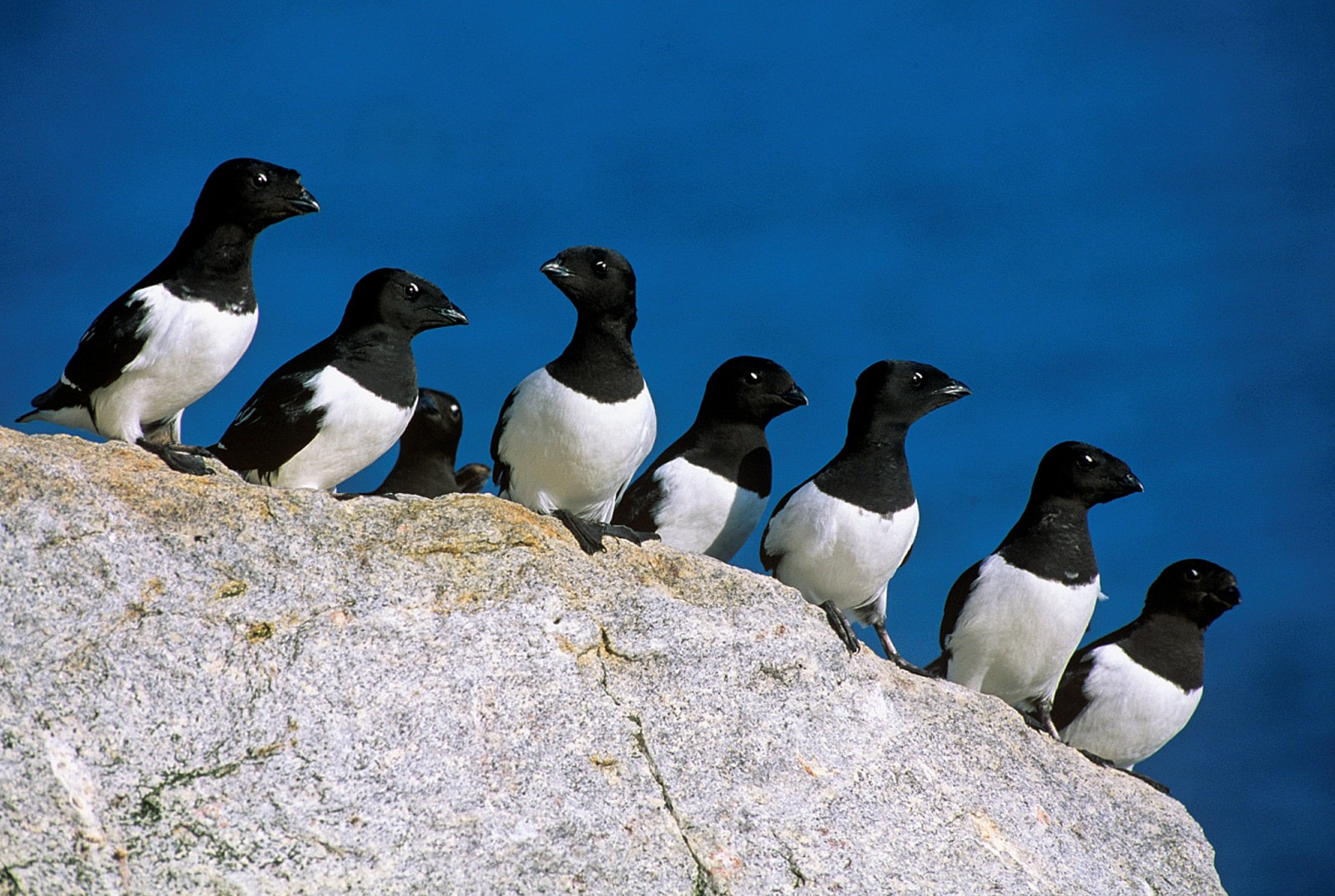

 8 Days / 7 Nights
8 Days / 7 Nights



